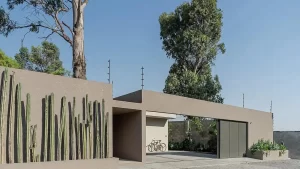Rediscovering the Timeless Appeal of Colonial Houses
Welcome to a journey through time as we rediscover the timeless charm and enduring appeal of colonial houses. Steeped in history and architectural significance, colonial homes stand as proud relics of bygone eras, each telling a unique story of the past. From their humble beginnings in the early settlements of the Americas to their influence on contemporary design, colonial houses continue to captivate with their distinctive features and elegant aesthetics. Join us as we delve into the rich heritage and architectural legacy of colonial homes, exploring their significance and timeless allure.
History Unveiled: The Origins and Evolution of Colonial Architecture
Colonial architecture traces its roots back to the early European settlers who brought their building traditions to the new world. As these settlers established colonies across regions like North and South America, Africa, and Asia, they adapted their architectural styles to suit the local climate, materials, and cultural influences.
The earliest colonial structures in the Americas often mirrored the architectural styles prevalent in their countries of origin, such as the Dutch Colonial, Spanish Colonial, and English Colonial. Over time, however, colonial architecture evolved, incorporating elements from indigenous building practices and the surrounding environment.
From the stately symmetry of Georgian architecture to the intricate detailing of Federal style homes, colonial architecture reflects the diverse cultural and historical contexts in which it developed. Each region imbued its colonial buildings with unique characteristics, resulting in a rich tapestry of architectural heritage that continues to inspire admiration and fascination today.
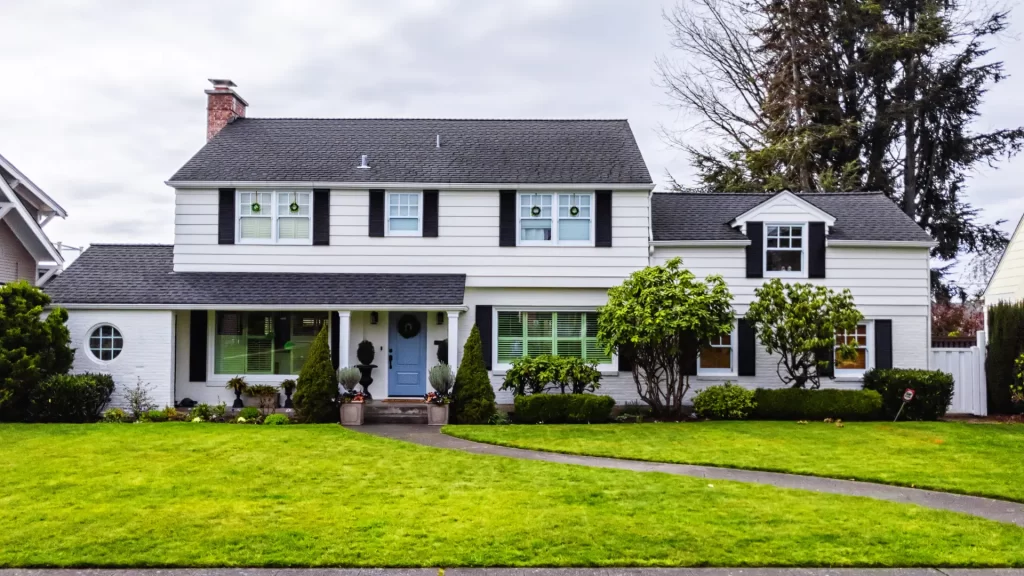
Architectural Elements: Exploring the Design Characteristics of Colonial Houses
Colonial houses exhibit a range of design characteristics that reflect the historical period and cultural influences prevalent during the colonial era. One defining feature is their symmetrical façade, characterized by a central entrance door flanked by an equal number of windows on either side. This symmetry, rooted in classical proportions, imparts a sense of balance and orderliness to the exterior appearance of colonial homes.
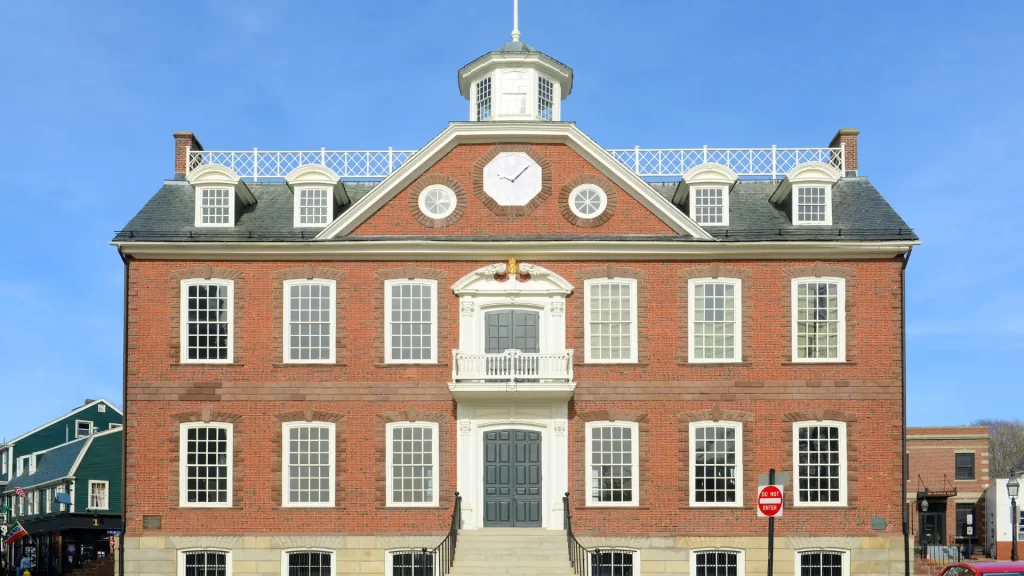
Materials play a crucial role in defining the aesthetic and durability of colonial houses. In regions with abundant natural resources, such as New England and the Mid-Atlantic states, colonial homes often feature clapboard or shingle siding made from locally sourced wood. In contrast, areas like the American South may showcase brick or stucco exteriors, reflecting regional preferences and material availability.
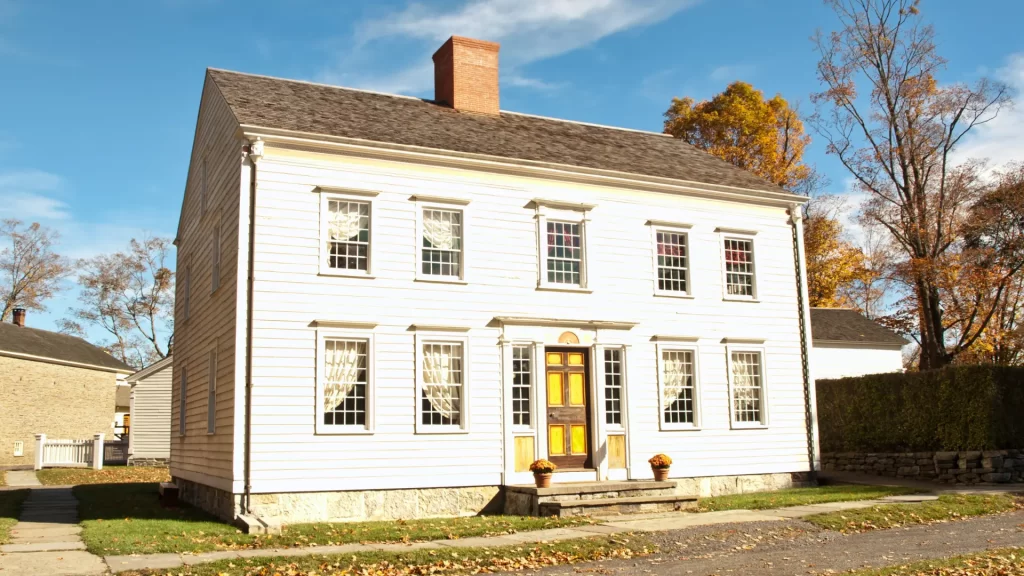
The roof design of colonial houses typically consists of a steeply pitched gable roof, which not only sheds rain and snow effectively but also provides ample attic space for storage or additional living areas. Dormer windows, protruding from the roofline, are a common feature in colonial architecture, serving both functional and aesthetic purposes by allowing natural light and ventilation into the upper levels of the home.
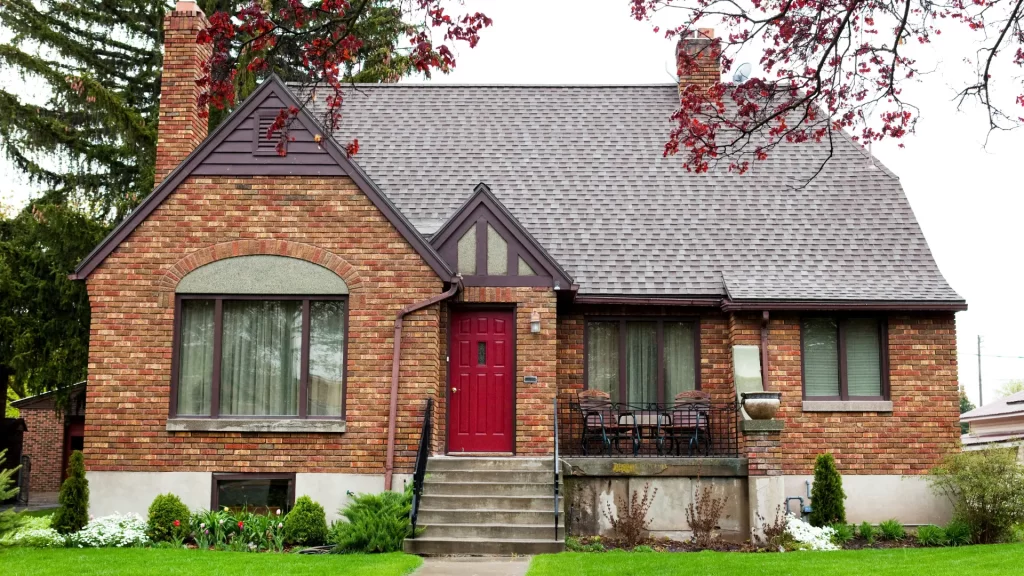
Decorative elements adorn the façades of colonial houses, adding visual interest and architectural detail. Dentil molding, pediments, and columns are frequently incorporated, drawing inspiration from classical Greek and Roman architecture. These embellishments convey a sense of refinement and craftsmanship, enhancing the overall elegance of colonial homes.

Colonial houses often feature inviting outdoor spaces, such as front porches or verandas, which serve as extensions of the interior living areas. These outdoor living spaces provide residents with opportunities for relaxation and socialization while fostering a connection with the surrounding landscape. The porch columns, railings, and balusters are crafted with meticulous attention to detail, reflecting the craftsmanship and architectural sophistication of the colonial period.
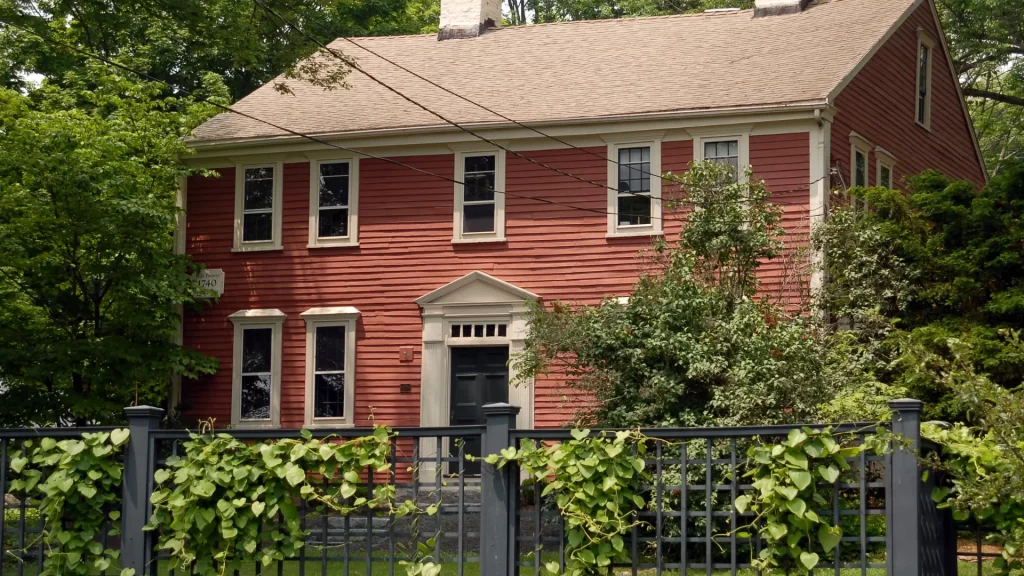
Preserving Heritage: Restoration and Conservation Efforts for Colonial Houses
Restoration and conservation efforts play a crucial role in safeguarding the rich legacy of colonial houses for future generations. As these historic structures age, they often require careful attention and maintenance to ensure their longevity and integrity.
One approach to preserving colonial houses is through meticulous restoration projects aimed at returning the property to its original state. This process involves thorough research into the home’s architectural history and design, followed by painstaking efforts to repair or replace damaged elements using traditional materials and techniques.
In addition to restoration, conservation efforts focus on maintaining the structural stability and authenticity of colonial houses while accommodating modern needs and lifestyles. This may involve implementing subtle alterations or additions that respect the original character of the home while enhancing its functionality and comfort.
Historic preservation organizations and government agencies often collaborate with homeowners to provide guidance and support for restoration and conservation projects. These initiatives may include financial incentives, technical assistance, and access to specialized resources and expertise.
Ultimately, the goal of preservation efforts is to celebrate the unique heritage of colonial houses and ensure that their architectural significance and cultural value are preserved for generations to come. By honoring the past and embracing the present, we can continue to cherish and enjoy these timeless treasures.



